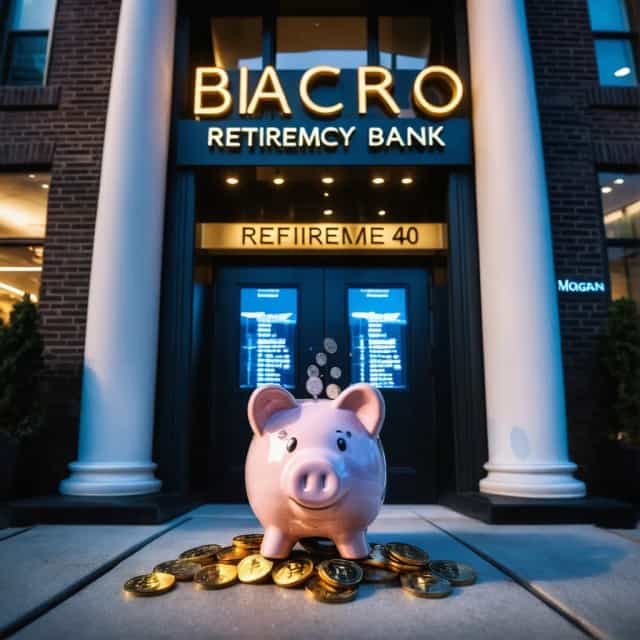![[Kwon Eun-jung's Wine Story] "Wait, This Was Makgeolli?"](/_next/image?url=https%3A%2F%2Fwww.blockmedia.co.kr%2Fwp-content%2Fuploads%2F2025%2F10%2F20251011-132046.jpg%3Fformat%3Dwebp%26width%3D600&w=1200&q=70)
Image source: Block Media
Uniting Korean Festive Cuisine and New Zealand Sauvignon Blanc: A Symphony of Flavors
Rediscovering Korean Traditions Through Jeon and Japchae
Korean festive foods, notably "jeon" (savory pancakes) and "japchae" (stir-fried glass noodles), have long graced family tables during celebratory occasions. Japchae is not only a feast for the eyes—with its traditional five-color palette of black, white, blue, yellow, and red—but also a textural delight, thanks to its chewy glass noodles. Meanwhile, jeon holds a storied place in Korean culinary history, dating back to the Goryeo Dynasty when it was revered as the “flower of ceremonial cuisine” and featured prominently in royal rituals. Its longevity underscores its cultural significance, making it a staple during family gatherings.
While japchae’s vibrant flavors and festive essence appealed more during my younger years, my taste preferences have shifted with time. Today, I find myself drawn to the understated elegance of jeon. Variants such as kimchi pancakes or scallion pancakes remain popular mainstays, but simpler versions—like cabbage jeon—have captured my palate in recent years. This gradual evolution in taste highlights the adaptability and enduring charm of Korean cuisine.
This year’s Chuseok, Korea’s Harvest Festival, stretched across an extended 10-day period, providing a rare opportunity for families to immerse themselves in festive traditions. Amid the celebrations, traditional Korean liquors such as makgeolli (unfiltered rice wine) and cheongju (clear refined rice liquor) were ubiquitous, continuing their centuries-old pairing with jeon. My personal preference leans toward artisanal makgeolli without additives or artificial sweeteners, such as Haechang Makgeolli and Imjingang Pyeonghwa Makgeolli. The enduring belief in my family—passed down from my late father—remains unshaken: “Jeon pairs perfectly with makgeolli.” Yet, in moments of quiet introspection, I’ve found another pairing that intrigues me—New Zealand Sauvignon Blanc.
A Culinary Experiment: Jeon Meets New Zealand Sauvignon Blanc
During the extended Chuseok celebrations, makgeolli was naturally the drink of choice to complement jeon. However, I ventured into uncharted territory on a quiet evening post-Chuseok. Hunger struck after hours of celebration, and I warmed leftover jeon in the air fryer, opting this time to pair it with a Tohu Marlborough Sauvignon Blanc—a striking departure from traditional makgeolli.
Tohu Wines holds a unique place in New Zealand’s viticultural history as the first Māori-owned winery. Founded in 1998, its philosophy intertwines environmental sustainability with ancestral respect. True to its indigenous roots, Tohu practices organic farming, preserving the harmony between nature and heritage. Interestingly, both Korean and Māori cultures honor the fern in their rituals, underscoring a shared reverence for ancestral connections as part of their spiritual narratives.
The contrast between makgeolli and this Sauvignon Blanc was striking. Makgeolli—the deeply familiar, mildly sweet rice wine with earthy and floral undertones—typically hovers around 6% ABV, although my preferred Haechang Makgeolli reaches 9%. Transitioning to Tohu Sauvignon Blanc, which commands a 13% ABV, revealed unexpected dimensions. The wine’s higher alcohol content offered a jelly-like texture on the palate—an intriguing weight rarely associated with Sauvignon Blanc. The finish was metallic yet mineral-driven, evoking sensations reminiscent of Koreans' first encounters with foreign influences during the late Joseon Dynasty. It was a sensory experience both novel and nostalgic, layered with cultural and historical parallels.
Aromatically, Tohu Sauvignon Blanc offered a lively medley of freshly cut grass, green apple, grapefruit, tangerine, mint, and lemongrass. Unlike the subdued harmony of makgeolli, this wine unfolded its bouquet in bold, individual notes—meticulously stitched together, akin to assembling a delicate mosaic. When paired with jeon, this multifaceted profile transformed. The umami-rich, lightly crispy jeon mellowed the wine’s sharp edges, creating an exquisite balance. Aromas fused seamlessly into the dish’s flavorful core, yielding a lingering finish that elevated the dining experience. Metaphorically, it felt like walking hand-in-hand through Marlborough’s lush, rolling vineyards with a mysterious companion—a journey transporting me to a realm of refined yet unpretentious delight.
A Singular Chuseok Pairing and Beyond
While New Zealand Sauvignon Blanc often pairs beautifully with staples like bulgogi or japchae, my pairing experiment with jeon during Chuseok felt exceptional. The extended exposure to makgeolli primed my senses to appreciate the wine’s nuanced complexity in a fresh light. The interplay of tradition with innovation fostered a renewed appreciation for the intricate relationship between Korean cuisine and global beverages.
Looking ahead, exploring the pairing of Korean artisanal liquors with high-quality international wines offers opportunities for culinary evolution. This juxtaposition promises not only enhanced enjoyment of individual flavors but also insights into the dynamic adaptability of Korean gastronomy in a global context.
Marlborough: A Champion of Sauvignon Blanc
Known as a global epicenter for Sauvignon Blanc, New Zealand’s Marlborough region consistently delivers vibrant, zesty whites celebrated for their clarity and aromatic depth. While Marlborough wines have constituted a reliable component of my wine repertoire, the sensory depth uncovered with Tohu Sauvignon Blanc during Chuseok was truly distinctive.
Moving forward, I plan to delve deeper into combining Korea’s traditional makgeolli with artisanal wines from around the globe, including those from Marlborough. This avenue of exploration may not only harmonize cross-cultural flavors but also reveal new dimensions to Korean dining rituals.
The author, Eun-Jung Kwon, has been a journalist for over two decades before pursuing culinary studies at ICIF (Italian Culinary Institute for Foreigners) in Piedmont, Italy. Now based in Korea, Kwon writes extensively about cuisine and wine for outlets like Kyunghyang Shinmun and Yonhap News, while also lecturing on related topics. Author of several best-sellers, including "Wine Is a Tuna Mayo" and "Tasting Italy through Pasta," Kwon continues to blend global and local perspectives in gastronomy.










